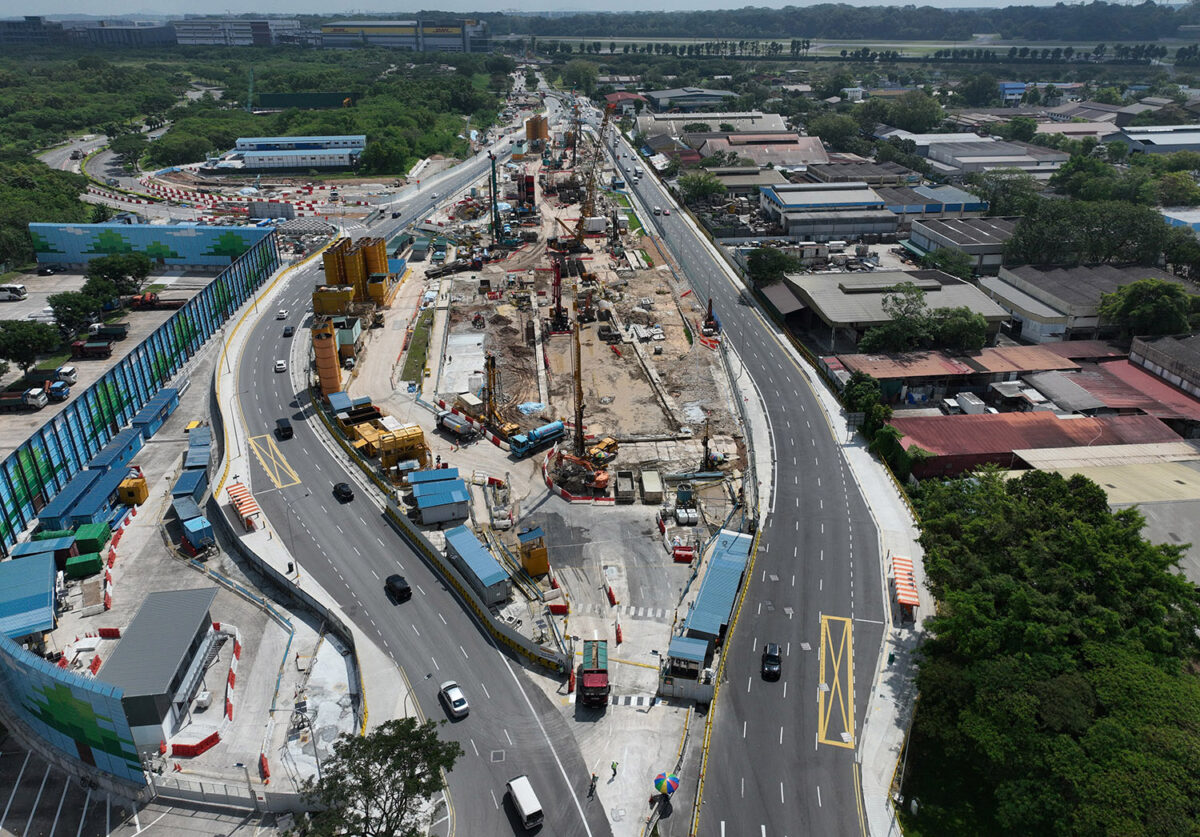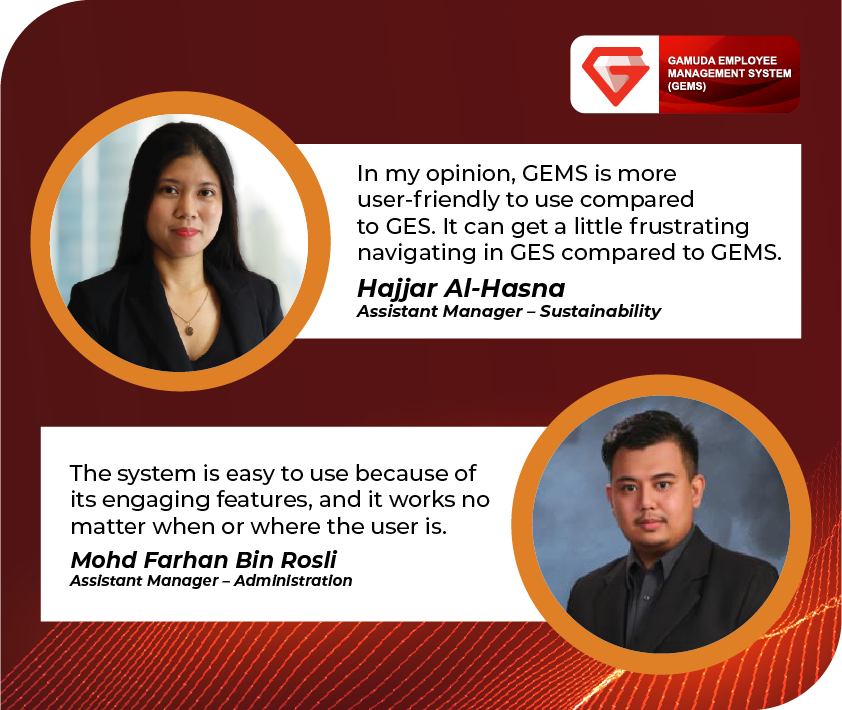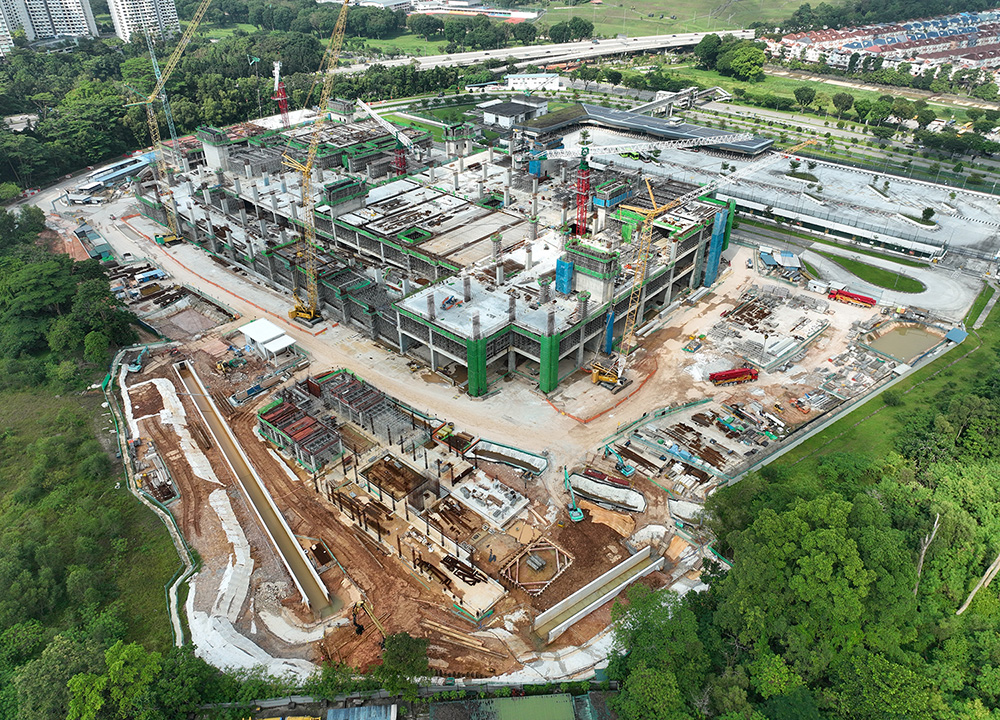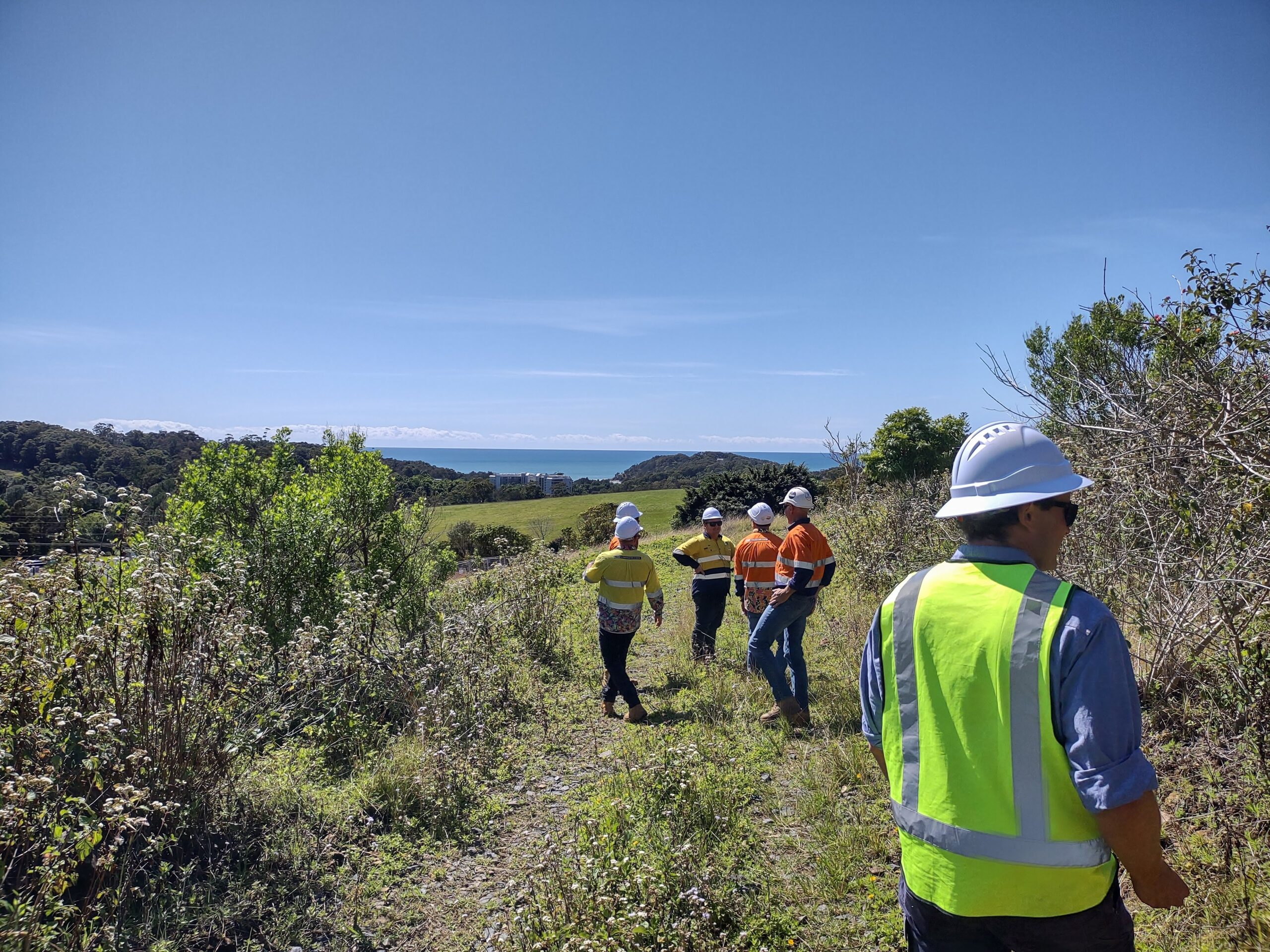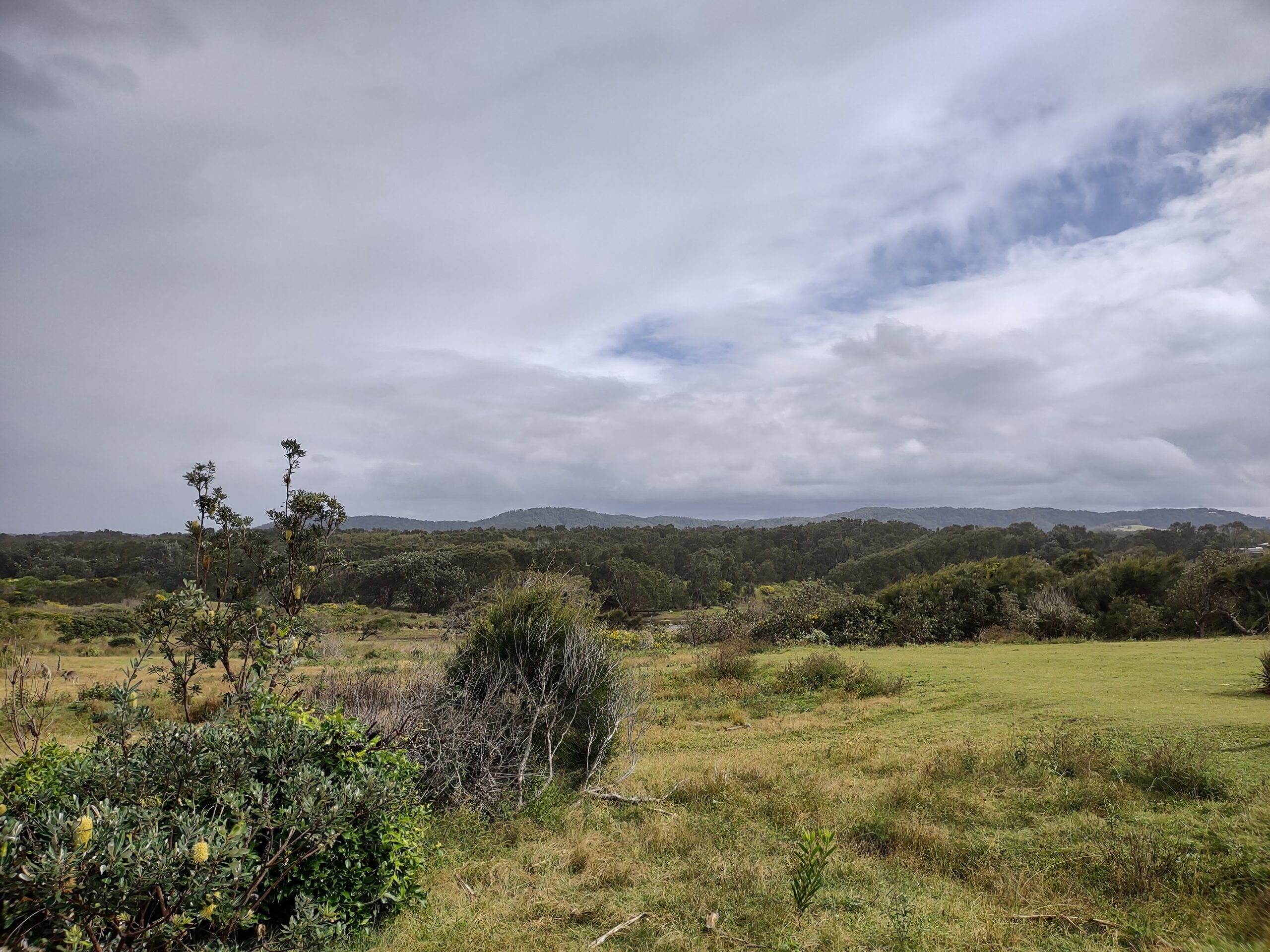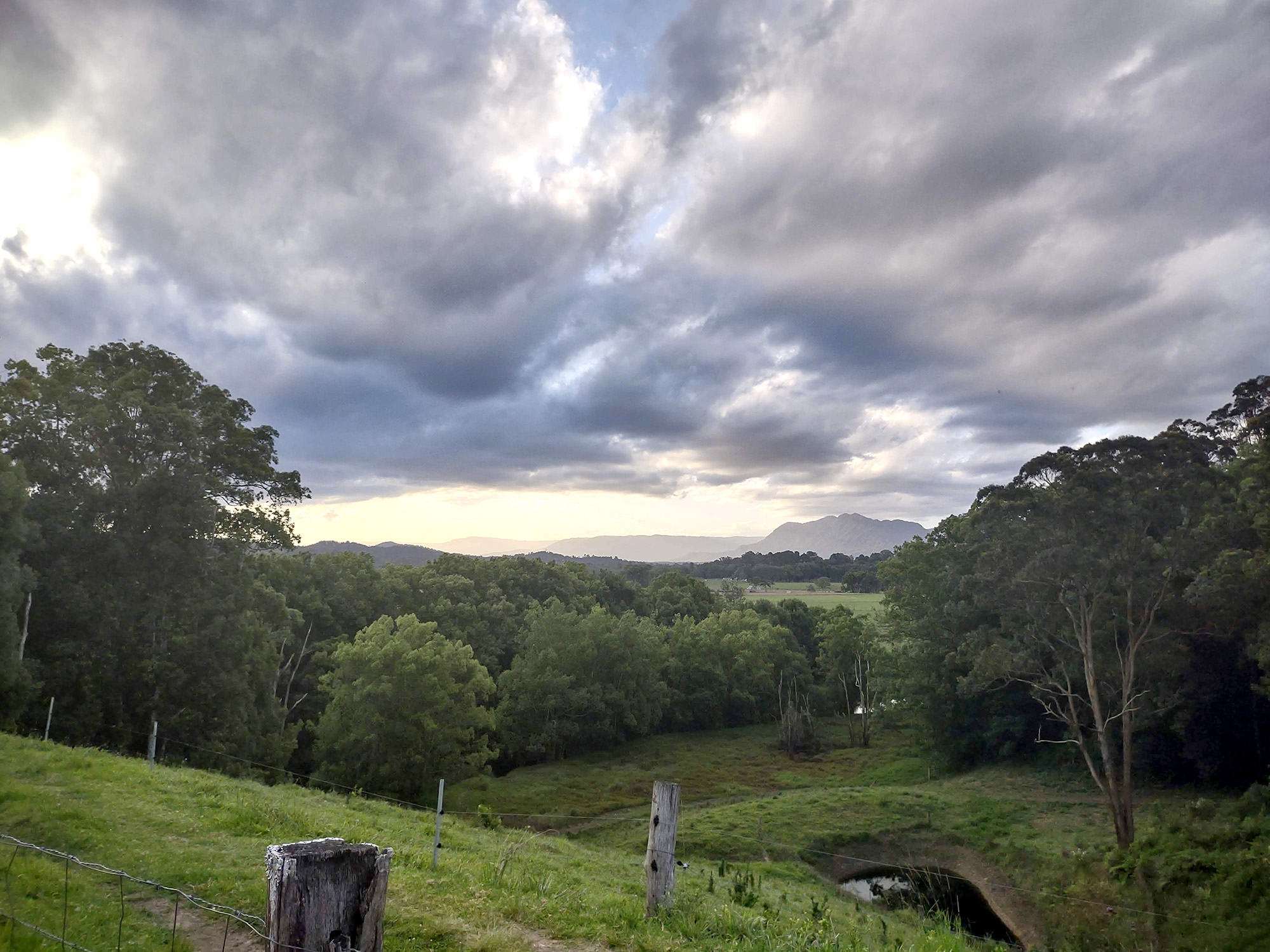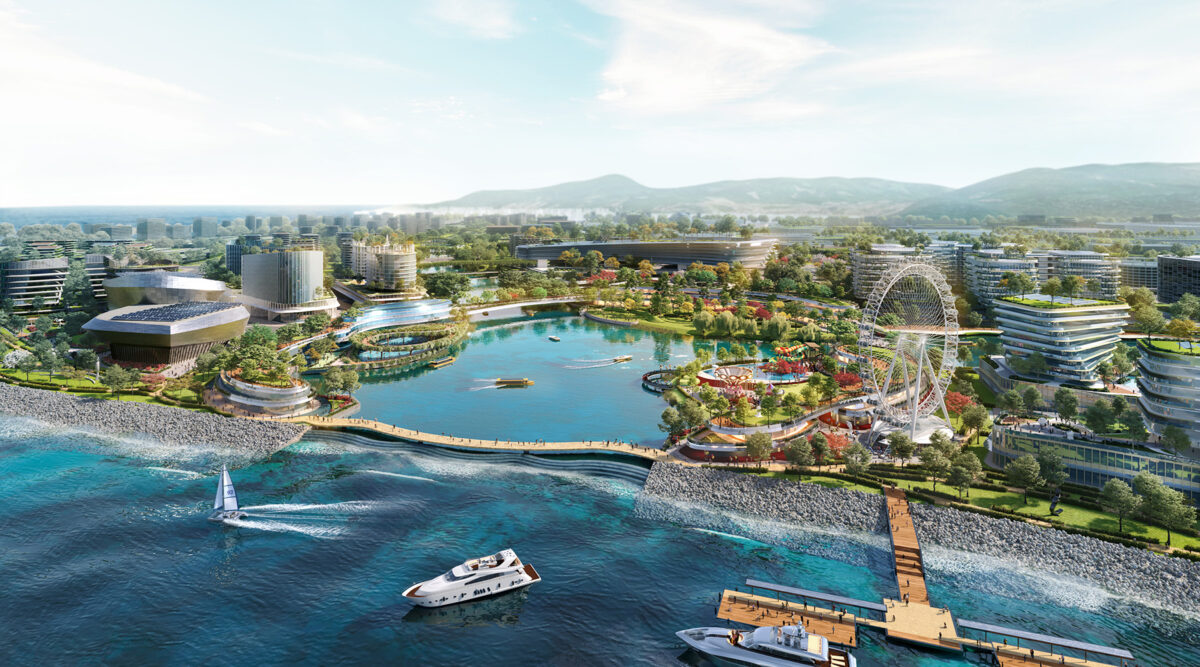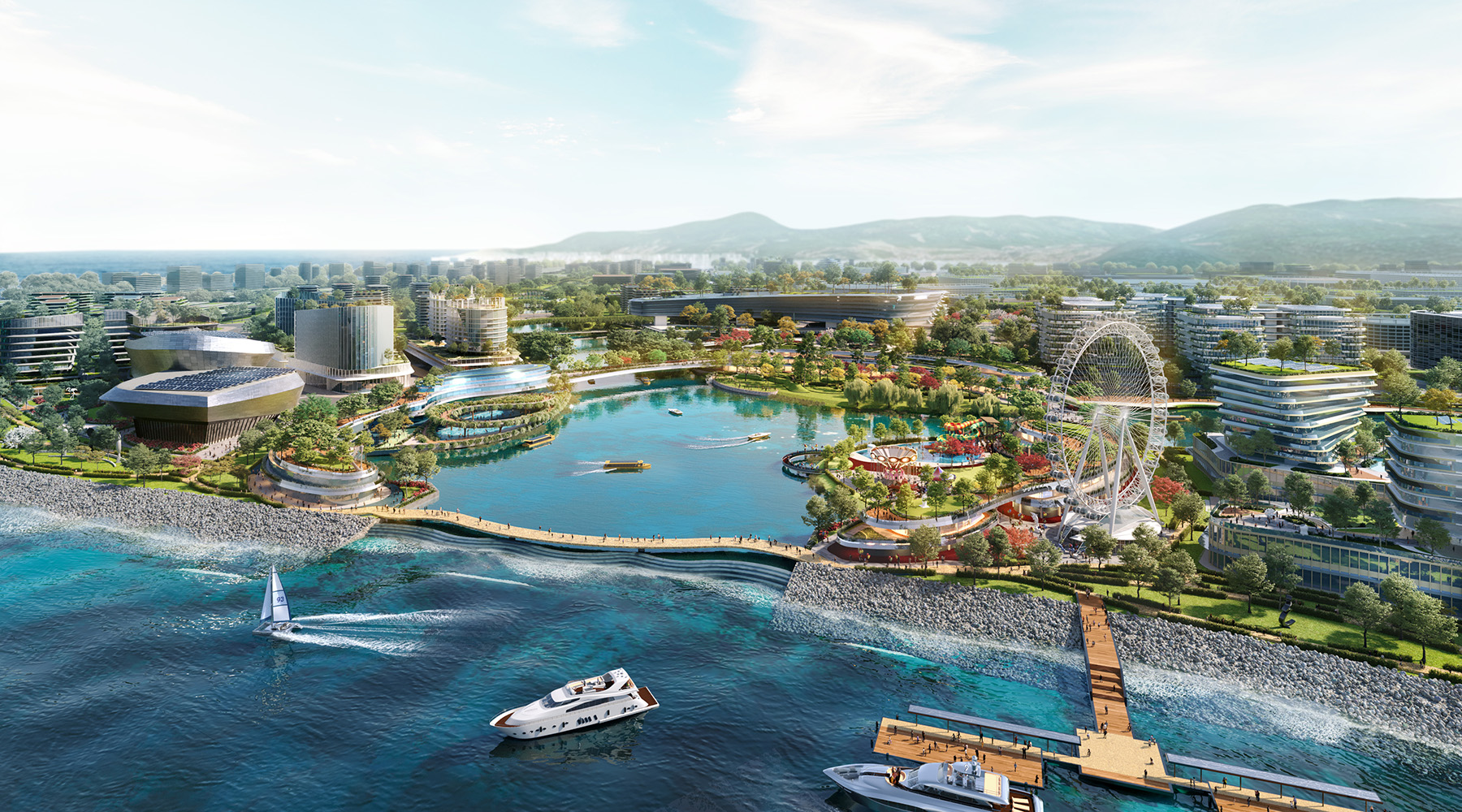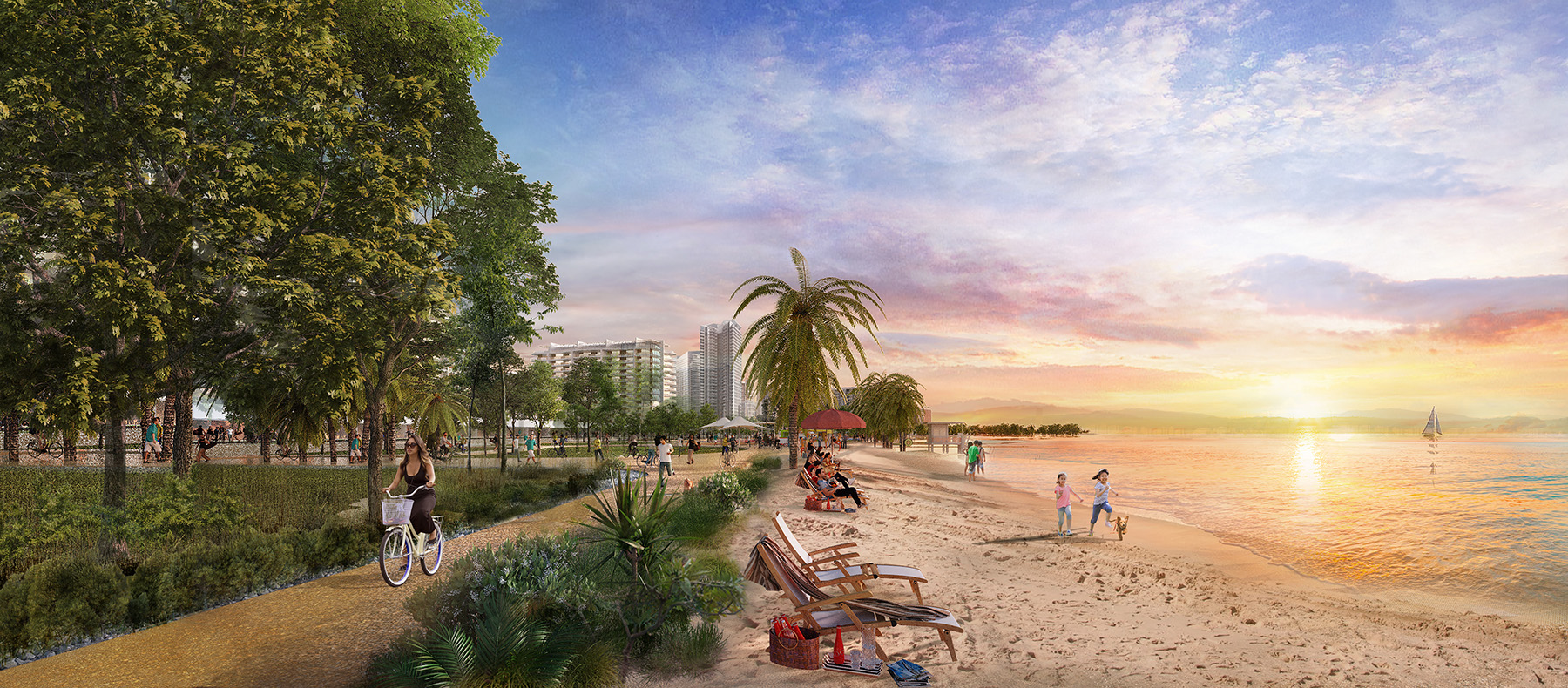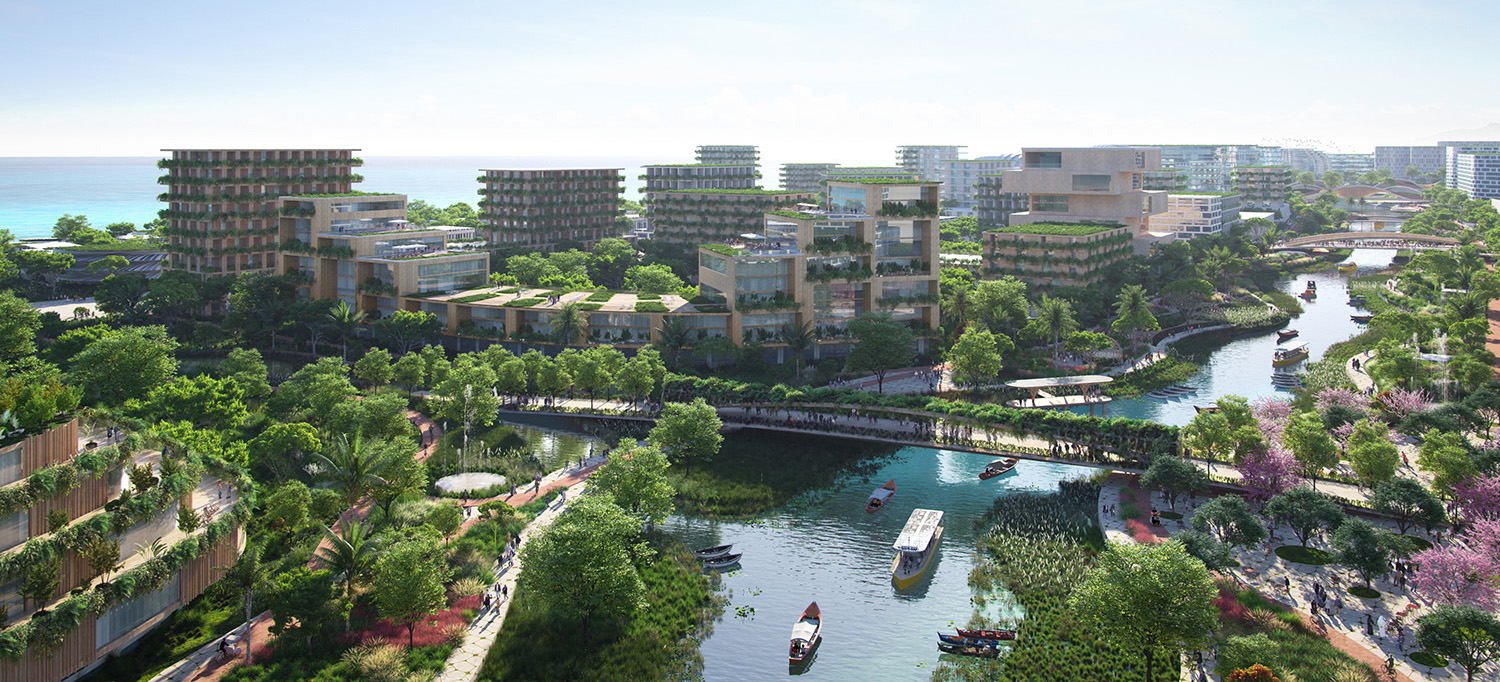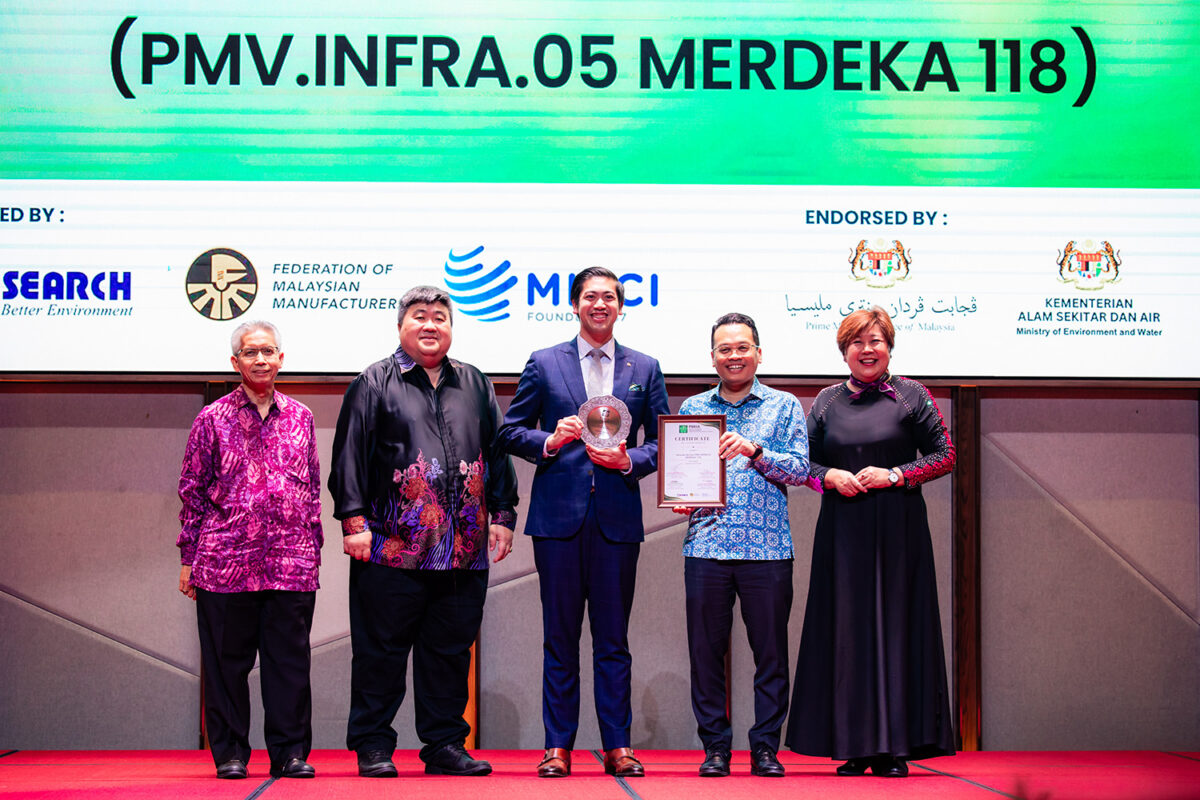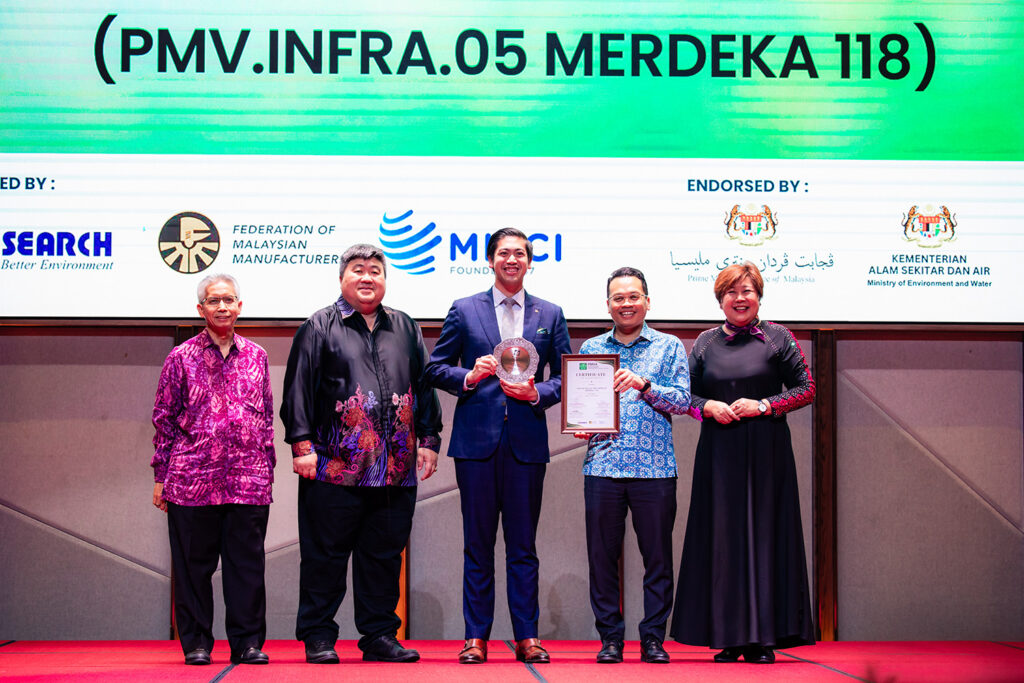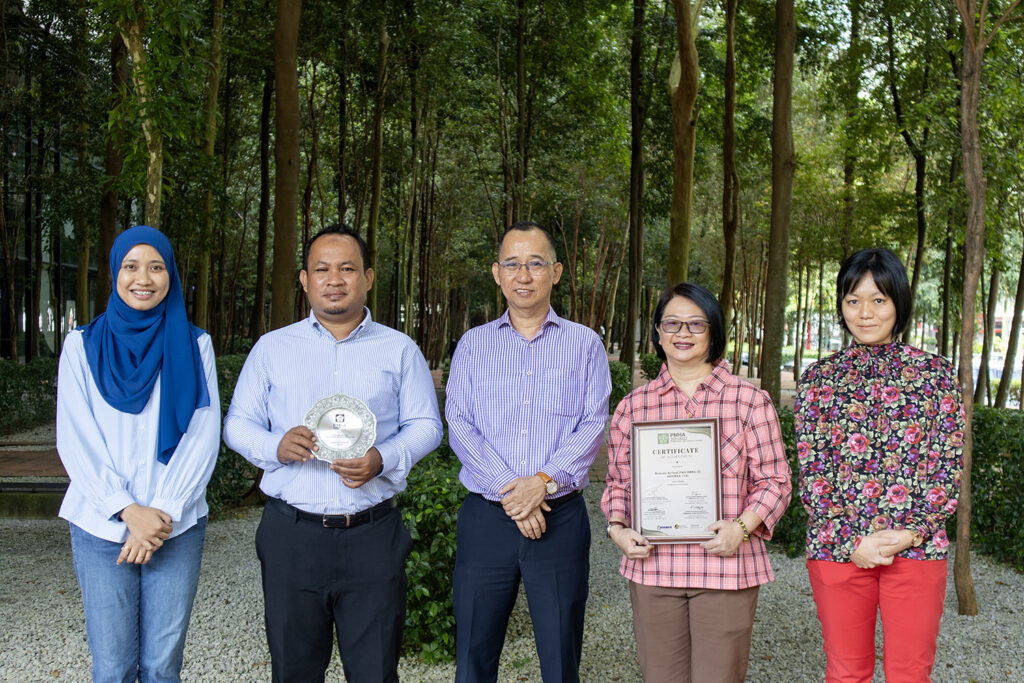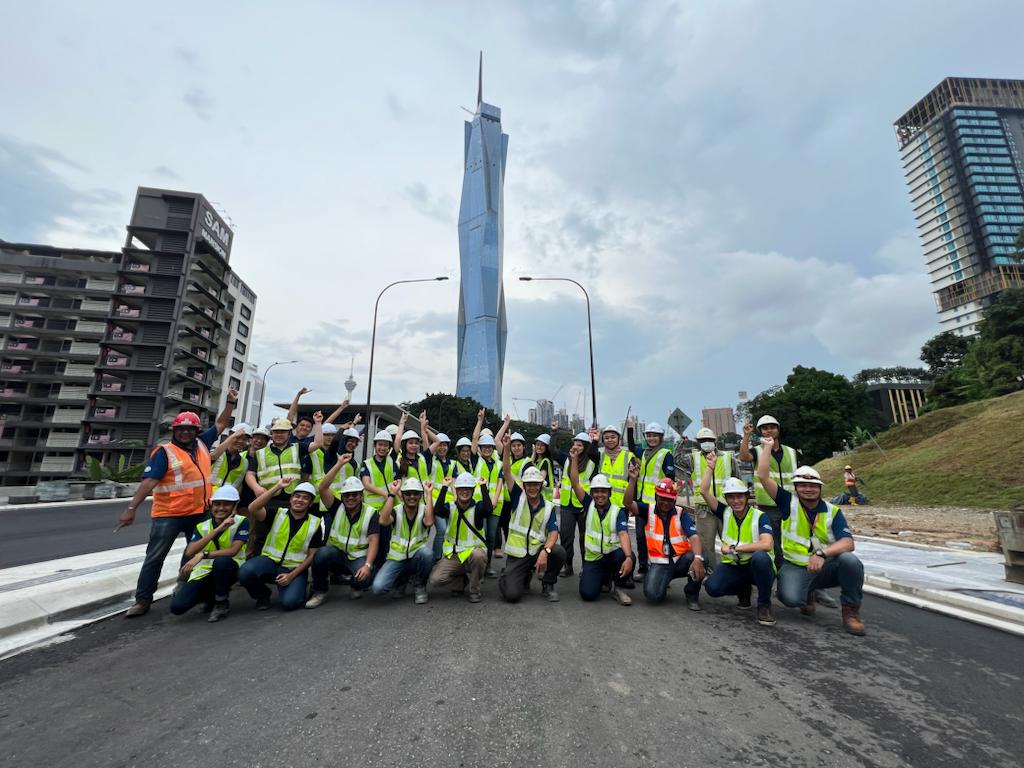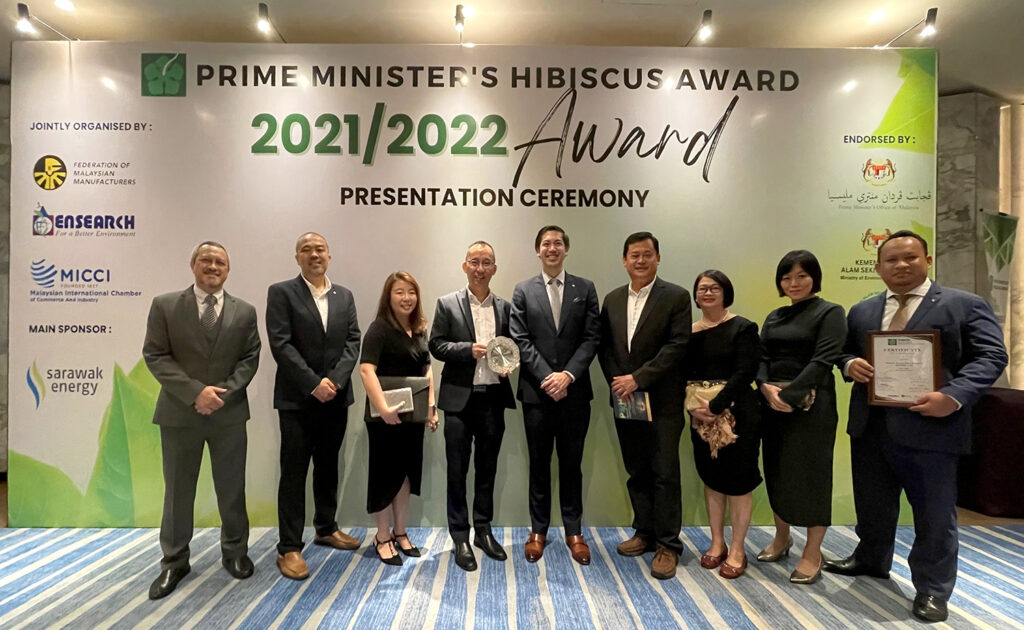Behind The Scenes: Exploring Defu Station Project's Journey
In the vibrant heart of Singapore, a transformative journey unfolds along Tampines Road, orchestrated by the dedicated team behind the Defu Station project. Led by Project Director Mr. Yek Tiu Hang and steered by the expertise of Project Manager Mr. Cho Young Soo, this endeavor transcends mere infrastructure construction–it’s about enhancing lives.
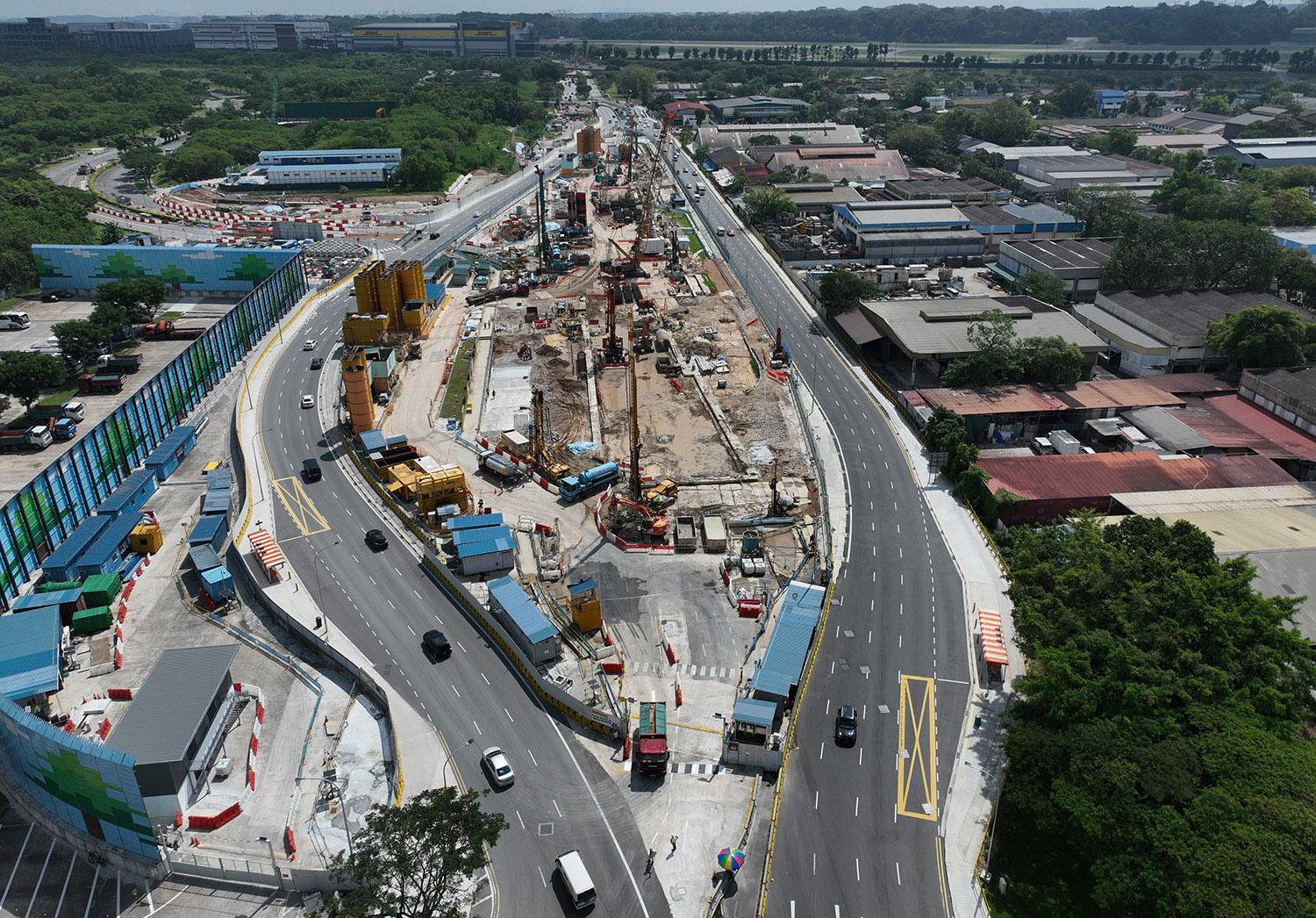
“Our team is committed to ensuring the safe and efficient completion of this project, adhering to the highest standards of quality and safety throughout the construction process."
says Mr. Yek Tiu Hang, Project Director of Defu Station.

Smiles all around! Mr. Yek Tiu Hang, Project Director of Defu Station [third from right], celebrating with the team on CR111’s milestone contract win during the Chinese New Year 2024 department lunch.
As we delve into the current progress of Defu Station, it’s evident that every step forward is a testament to the dedication of our team. From the Electrical Shaft Substation (ESS) enabling work, which involves noise barrier erection and creating a shaft linking to the tunnel, to the ongoing road and drainage construction at Serangoon River Road and Tampines Road as part of Traffic Diversion Stage 2, each task is a building block in our collective journey. The trenching work, facilitated by BC cutters on-site, and the bored piling work inside the station, ensuring stability for future excavation, reflect our commitment to excellence in every aspect of the project.
Looking ahead, there are several milestones and events that we’re excited to highlight. From the upcoming Traffic Diversion Stage 2 on April 28, 2024, to the ongoing construction of the Electrical Shaft Substation near Holy Innocents Primary School, excavation and strutting works to prepare the launching shaft for the tunnel boring machine (TBM) driving scheduled for January 2025, each represents a significant step forward. As we anticipate reaching 1 Million Manhours in May 2024, it’s a moment to celebrate not just the hours worked, but the dedication and teamwork that define us. While we’re making strides in construction, it’s also essential to consider our environmental impact. With plans to utilise LED lighting during tunnelling and implementation of carboncure concrete on temporary structure for the Defu Station project, we’re committed to adopting sustainable practices every step of the way. At Defu Station, it’s not just about building infrastructure—it’s about building a better future for all. Together, as a team, we’re shaping the way people experience transportation in Singapore, one milestone at a time.

